Scuba Dive in Malapascua Island, Philippines. Spotting Thresher Sharks
This small tropical island is one hidden gem in the Philippines that has become increasingly popular among divers in recent years. Malapascua Island is located off the coast of Cebu Island has gained a reputation as one of the best diving destinations in the world.
The island’s unique underwater topography and abundant marine life, including the famous thresher shark, make it a must-visit destination for scuba diving enthusiasts. In this blog post, we will provide a comprehensive guide to diving in Malapascua, including the best dive sites, how to get there, and the best time to visit.
Location and Geography
Known to be one of the best scuba diving destinations in the country, Malapascua attracts divers from all over the world. The island’s location is strategically situated in the Visayan Sea, making it accessible to various dive sites with diverse underwater topography and marine life.

Geographically, it is a small island with an area of approximately 2.5 square kilometers. Coral reefs, white sand beaches, and crystal clear waters surround it. The island’s unique topography includes underwater caves, walls, and slopes that provide habitats for marine life, making it an ideal location for scuba diving enthusiasts.
Aside from its rich marine life, its location is also significant for divers due to its proximity to other dive sites such as Monad Shoal, Gato Island, and Chocolate Island. Monad Shoal is known for its famous Thresher Shark sightings, while Gato Island offers diverse underwater topography and marine life, such as white-tip sharks, seahorses, and nudibranchs. On the other hand, Chocolate Island is known for its spectacular coral reefs and cleaning stations.
Scuba Diving
The best time to dive in Malapascua Island is between December and May when the water is calm and the visibility is excellent. However, diving is available year-round, and many dive sites are still accessible during the rainy season, which runs from June to November. During these months, the underwater currents can be more robust, making some dive sites more challenging and exciting.
Monad Shoal
Depth: 30 m/100 ft | Level: Advanced
This dive site is the reason you made a scuba diving trip to Malapascua. Monad Shoal boasts the most reliable thresher shark sightings in the entire world. It is possible to dive this site a few different ways. Some dive operators prefer to have scuba divers kneel near the drop-off, waiting in a stationary position for the sharks to appear. Others will have people diving around the site. Either way, you are almost guaranteed to see a thresher over two or three days of diving. Dives are conducted early in the morning, usually departing around 4 or 5 am. At this time, the threshers rise from the depths to be cleaned at the several cleaning stations around the site.
While this site got its claim to fame thanks to the threshers, it is also a great location for spotting other big marine creatures – particularly manta rays and devil rays. If you are visiting between December and April, you may also see hammerheads here.
If you are not currently advanced certified, you’ll need to complete the Deep Adventure Dive prior to visiting this site. Your dive centre on Malapascua will be able to set this up for you prior to the thresher trip. The Adventure Dive will count as credit toward your Advanced Open Water Diver course.
Gato Island
Depth: 10 – 25 m/33 – 82 ft | Level: all
Located just a short boat ride from Malapascua, Gato Island is a marine reserve that is home to a variety of aquatic creatures, including white-tip reef sharks, cuttlefish, banded sea snakes, and even the occasional manta ray. Divers can also spot a range of colorful reef fish, such as the clownfish, parrotfish, and angelfish, as well as a variety of hard and soft corals.

One of the main attractions of Gato Island is the “The Tunnel” – a narrow passage that cuts through the island and opens up to an underwater cavern. This tunnel is home to a unique feature known as the “Blue Room,” a small cave illuminated by a beam of light that filters through an opening in the roof. The Blue Room is an incredible sight and must-visit spot for any diver visiting Gato Island.
Lighthouse
Depth: 10 m/33 ft | Level: all
Have you heard of the elusive and stunning Mandarin fish? This dive site is one of the best places to spot these colorful creatures. Here, there is a large colony living in the staghorn corals. Head to this dive site right before sunset to see the mating ritual dance of the Mandarin fish. The Lighthouse is a great choice if you are into macro diving.
Kimud Shoal
Depth: Up to 40 m/133 ft | Level: Advanced
Time to get that adrenaline pumping. The most famous dive sites in Malapascua for hammerhead shark sightings – sometimes hosting schools with up to 200 individuals! A small plateau under the water, this site is dived out in the blue. Divers drop in away from the plateau in hopes that the schooling hammerheads are visiting. Since this dive can get quite deep, it is recommended for advanced divers.
Chocolate Island
Depth: from 5 m to 30 m | Level: all
Located just a short boat ride from Malapascua Island, Chocolate Island is a small, uninhabited island that offers great diving in the region. The island is named after its unique chocolate-like color, which is due to the abundance of soft coral and Gorgonian sea fans that cover its underwater walls.
The dive site around Chocolate Island is known for its vibrant marine life, including various reef fish, sea snakes, cuttlefish, and nudibranchs. Divers can also spot larger creatures like eagle rays, barracudas, and even thresher sharks occasionally passing by the area.
Diving at Chocolate Island is suitable for divers of all levels, as the site has varying depths that range from 5 meters to over 30 meters. The warm water temperature ranges from 26 to 30 degrees Celsius, making it comfortable to dive in year-round.
Marine Life that can be found in Malapascua Island
Thresher sharks

The island is most famous for Thresher Sharks. Found in the Monad Shoal dive site and are usually spotted during early morning dives. It’s an incredible experience to see these graceful creatures with their long tails, and divers from all around the world come to Malapascua just for this.
Hammerhead sharks
While not as common as thresher sharks, hammerhead sharks can also be spotted here. The best time to see them is during the months of March to May, when they come closer to the island’s shores to mate and give birth. Divers can try their luck at Monad Shoal and Kemod Shoal dive sites.
Manta rays

Another big attraction the manta rays. These gentle giants can be seen at the cleaning stations around Gato Island dive site. Divers can witness the cleaning behaviour of smaller fish as they remove parasites from the manta rays’ bodies.
Pygmy seahorses

These tiny creatures are found in the coral reefs around the island. Despite their small size, they are a favorite among macro photographers due to their intricate patterns and vibrant colors. Divers can look for them in dive sites such as Lighthouse and Gato Island.
Mandarin fish

These colorful fish are a treat to the eyes, with their bright orange and blue bodies. They can be found at dusk during a night dive. This dive takes place at the Lighthouse dive site and is a must-do for any diver visiting.
Frogfish
Frogfish are another unique marine creature that can be found here. These masters of camouflage blend in perfectly with their surroundings and can be difficult to spot. However, experienced guides can spot them in dive sites such as Kemod Shoal and Monad Shoal.
Nudibranchs
These colorful and diverse creatures are a favorite among macro photographers. Malapascua Island is home to a wide variety of nudibranchs, and divers can find them in almost all Malapascua dives.
Cuttlefish
Cuttlefish are fascinating creature to observe underwater. They can change their colors and skin texture to blend in with their surroundings and communicate with each other. Divers can spot them in dive sites such as Lighthouse and Kemod Shoal.
Sea snakes
Sea snakes are a common sight around Malapascua Island. These evil creatures are not aggressive and are actually quite shy. Divers can safely observe them from a distance and appreciate their beauty and grace.
Mantis shrimp

These small but fierce creatures are known for their powerful punch and incredible eyesight. They can be found in the coral reefs around Malapascua Island and are a favorite among macro photographers.
Thresher Shark Diving
Malapascua Island is known worldwide for its thresher shark diving, and Monad Shoal is one of the best places in the world to see these magnificent creatures. Monad Shoal is a sunken island that rises from the depths of the sea and is home to thresher sharks that come to the cleaning stations on the shoal to have parasites removed from their skin.

The best time to see thresher sharks in this tiny island is between 4:30 and 6:30 AM. This is when the thresher sharks come up from the depths to the shallower waters to be cleaned. Thresher sharks are more commonly seen from November to May when the sea is calmer.
Several dive shops specialize in thresher shark diving. These dive centres offer dive packages that include early morning dives to Monad Shoal, with experienced dive guides who know where to find the thresher sharks.
How to Get There
Getting there is relatively easy but requires a bit of planning. The first step is to get to Cebu City in Cebu Island, which has an international airport and is well-connected to other parts of the Philippines. From Cebu City, you must go to the town of Maya, which is about a 4-hour drive away.
Once you arrive in Maya, you must take a boat to Malapascua Island. There are several options for boats, including public ferries and private boats. Still, the most convenient and comfortable option is to take a private transfer arranged by your resort or dive center.
Speaking of resorts and dive centers, there are plenty of options. Some popular resorts include Tepanee Beach Resort, Ocean Vida Beach and Dive Resort, and Thresher Cove Dive Resort. Thresher Shark Divers and Evolution Diving are two highly recommended options for dive shops.

Conclusion
In conclusion, it is a paradise for scuba diving enthusiasts, offering a wide range of dive sites with breathtaking marine life and unique underwater topography. From the iconic thresher sharks to the colourful pygmy seahorses and vibrant coral reefs, there is something for every diver in Malapascua Island. With its convenient location in the Philippines and accessible transportation options, Malapascua Island is a must-visit destination for any diver looking for an unforgettable experience.
To make the most out of your trip to Malapascua Island, booking a stay at one of the many reputable resorts and dive centers in the area is highly recommended. Whether you’re a beginner or an experienced diver, these dive centers’ professional guides and instructors will ensure a safe and enjoyable diving experience. And for those looking to witness the majestic thresher sharks up close, be sure to check out the specialized thresher shark dive centres that Malapascua Island has to offer.
Overall, Malapascua is a kind of diving destination and should be on every diver’s bucket list. With its stunning underwater landscapes, rich marine life, and welcoming local community, it’s no wonder why so many divers return to this island paradise. So pack your bags, grab your scuba gear, and go check for yourself why Malapascua Island is famous.
Disclosure: This post may contain affiliate links, which means that DIVEMONDO may receive a small commission if you make a purchase using these links. As an Amazon Associate this website earn from qualifying purchases.


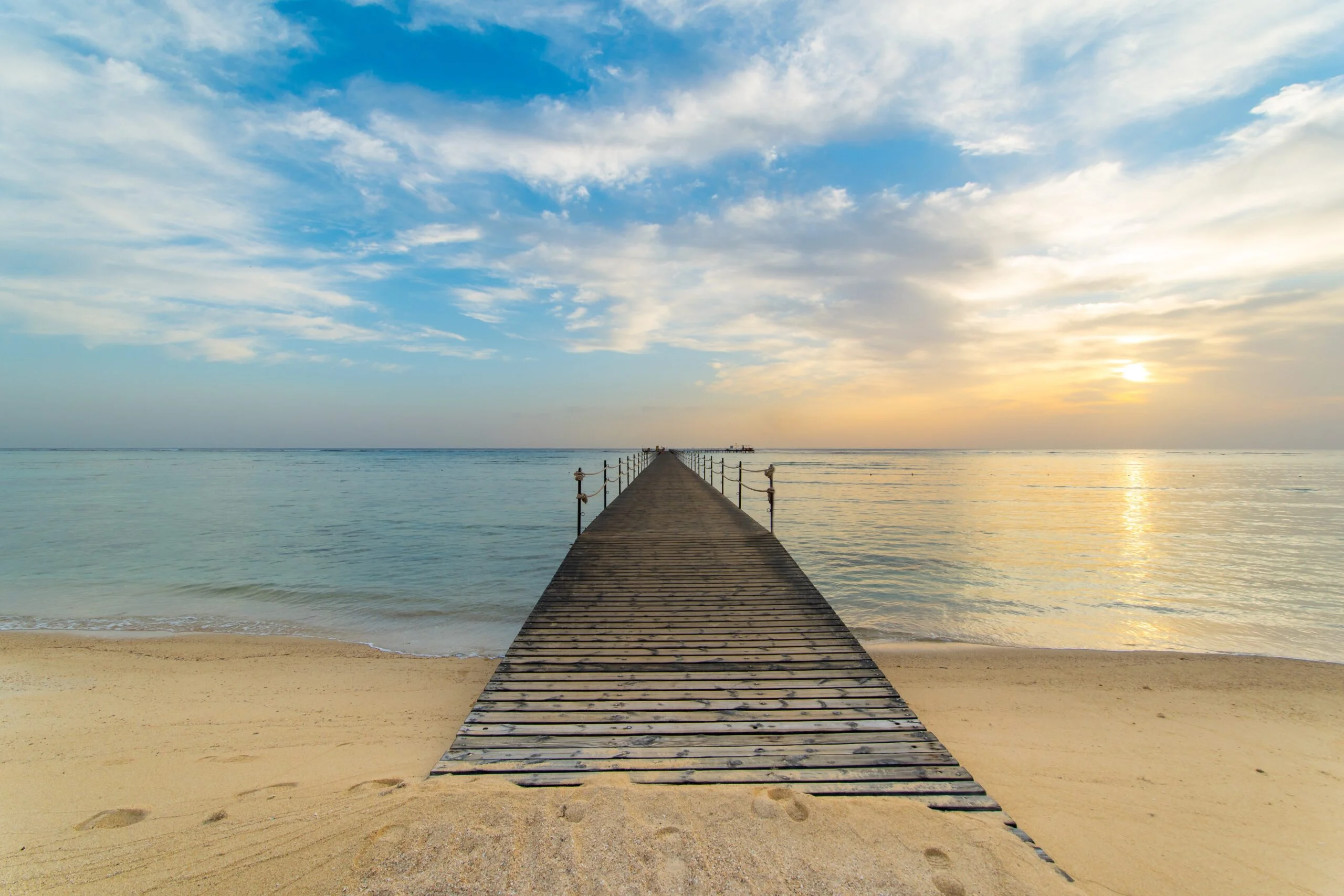
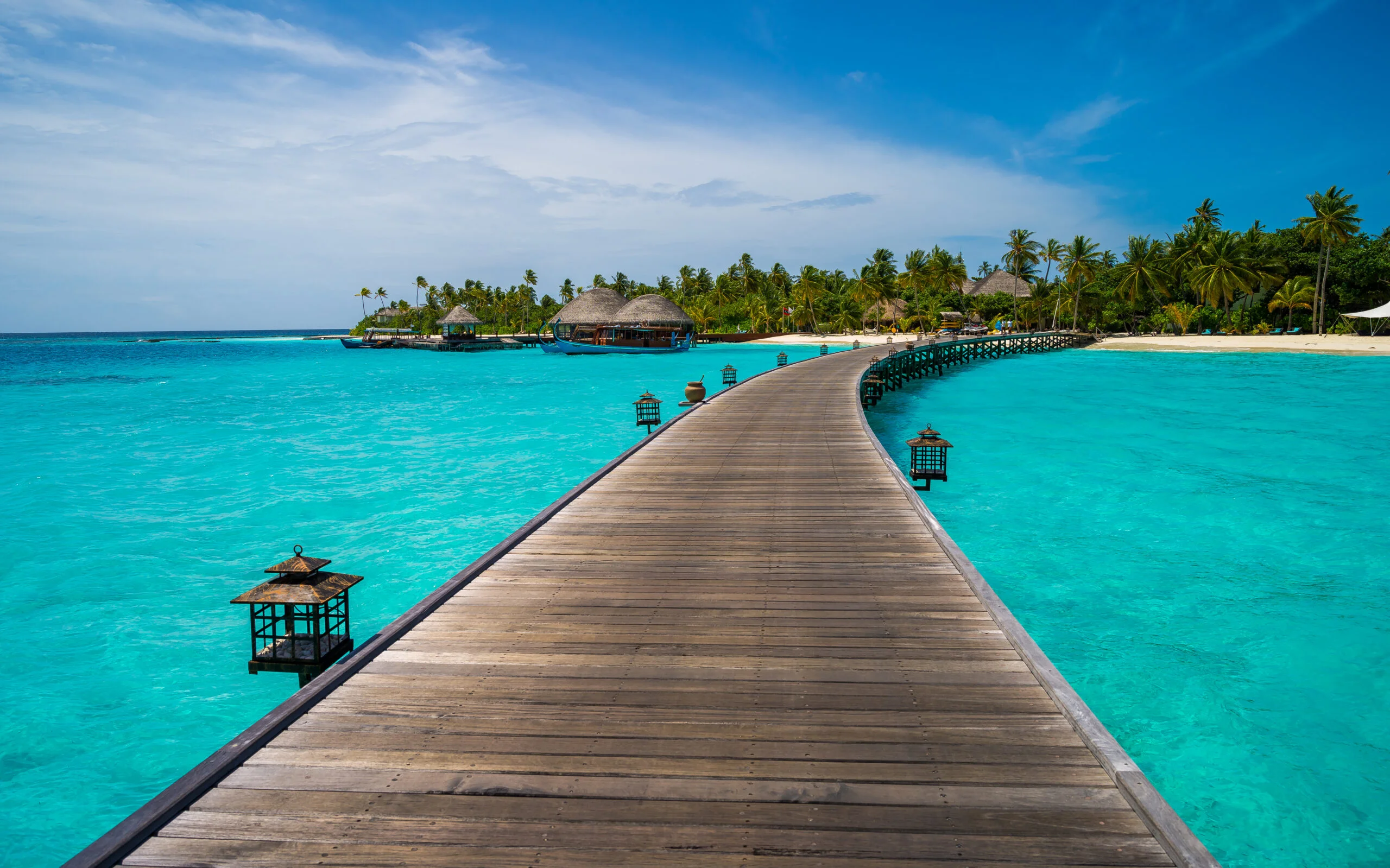
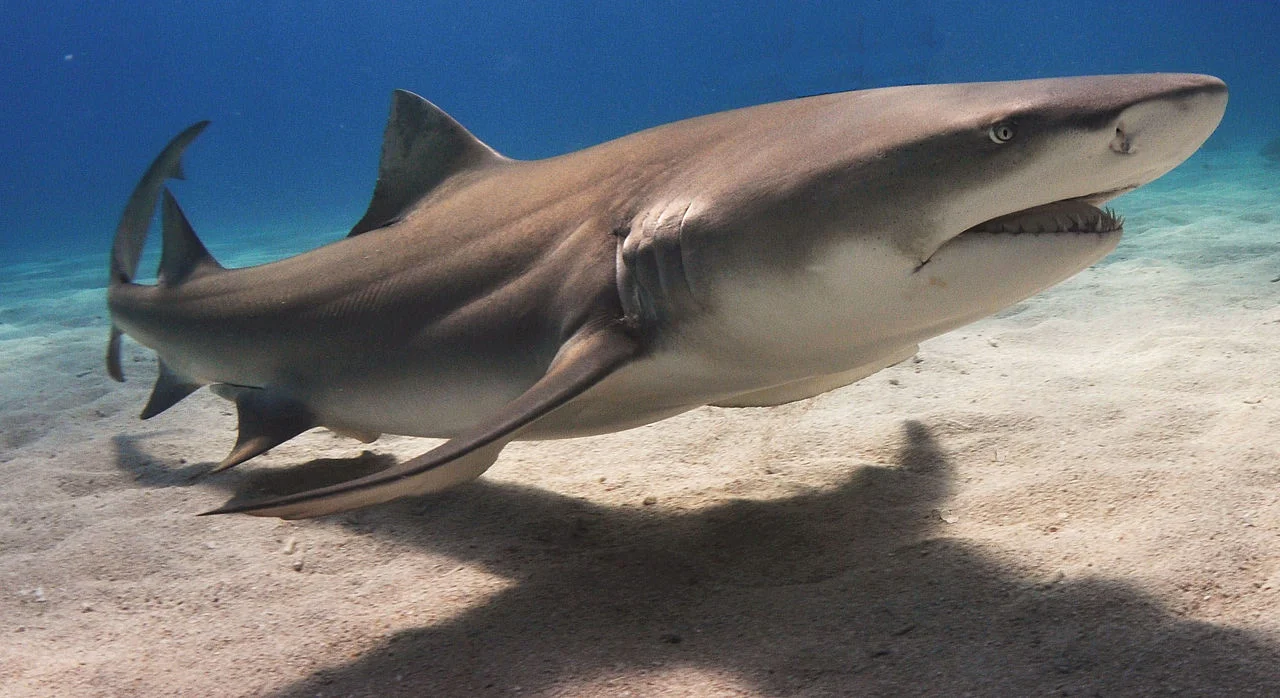

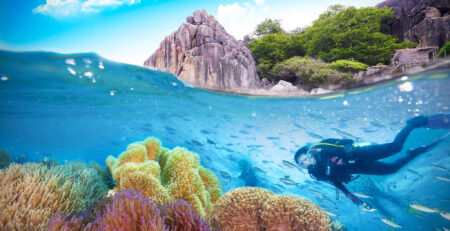

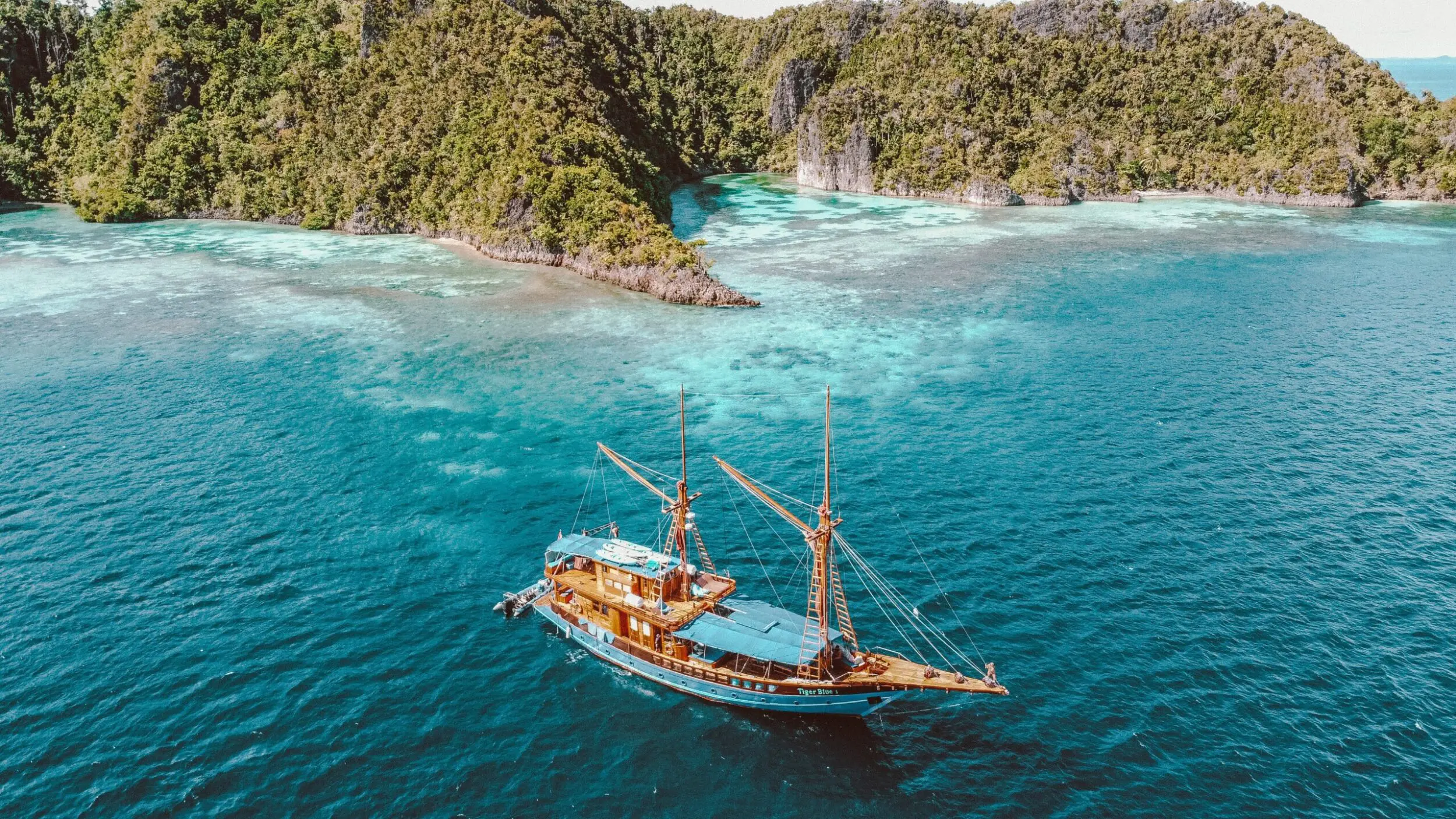
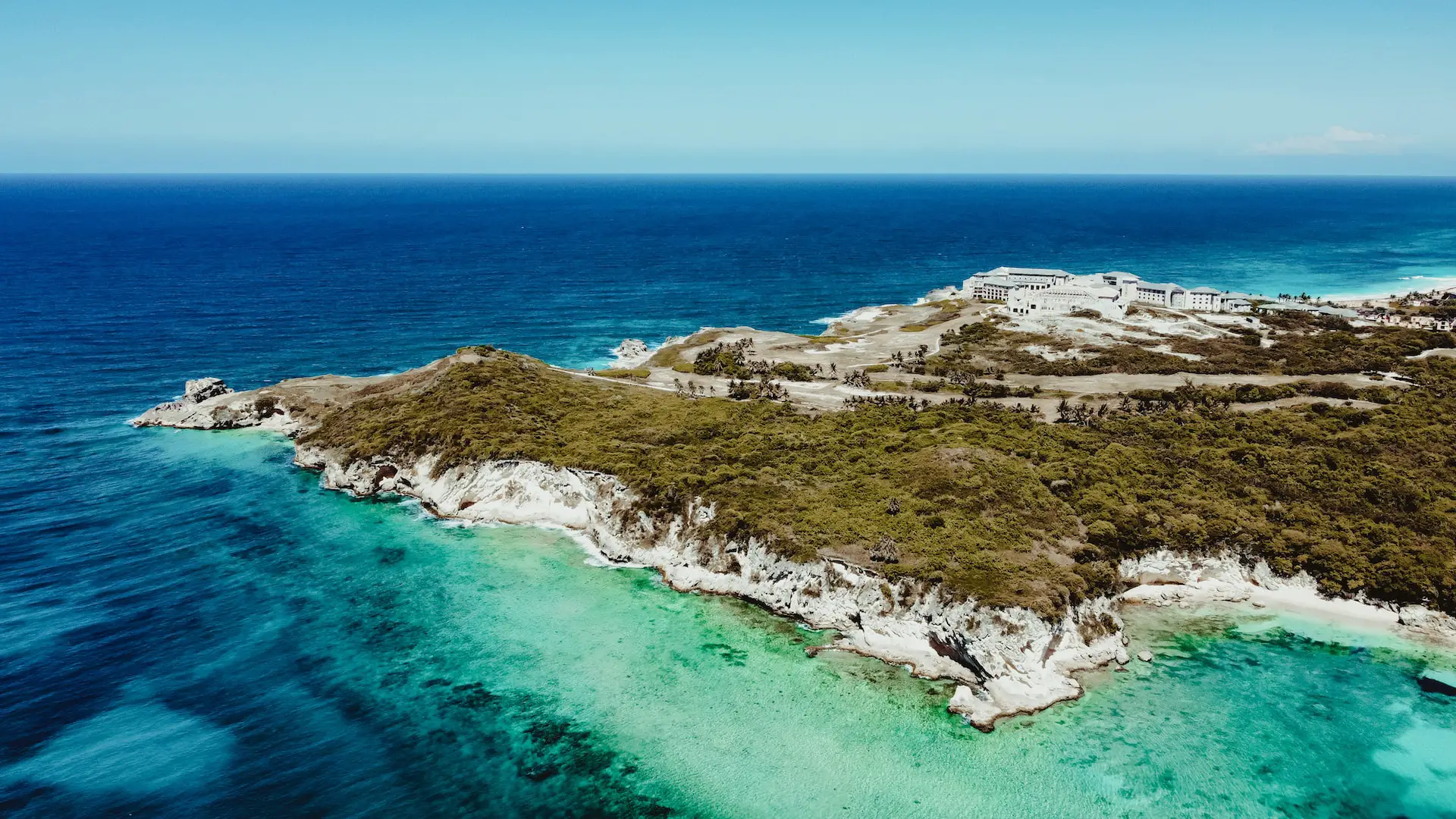
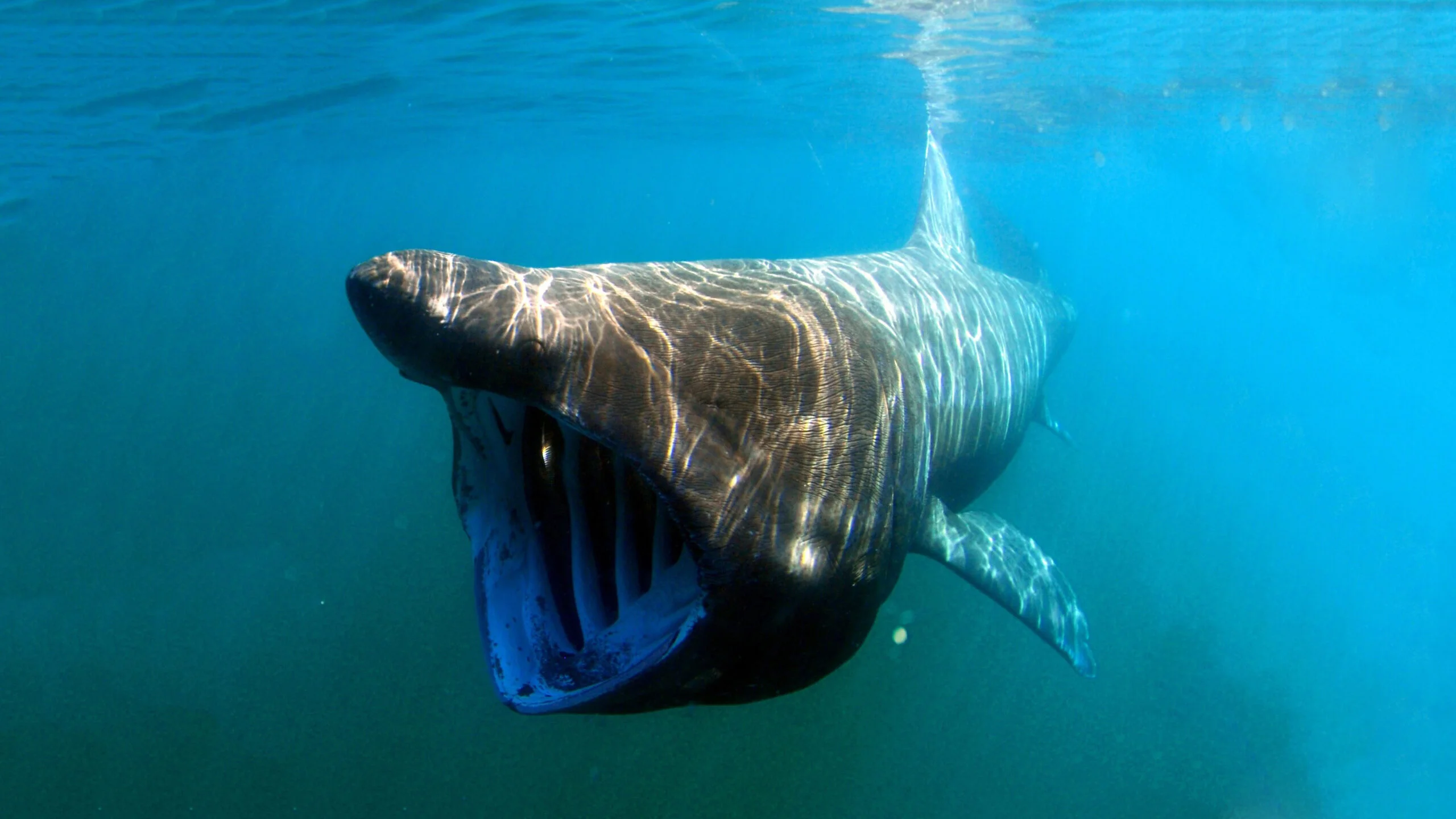


Leave a Reply